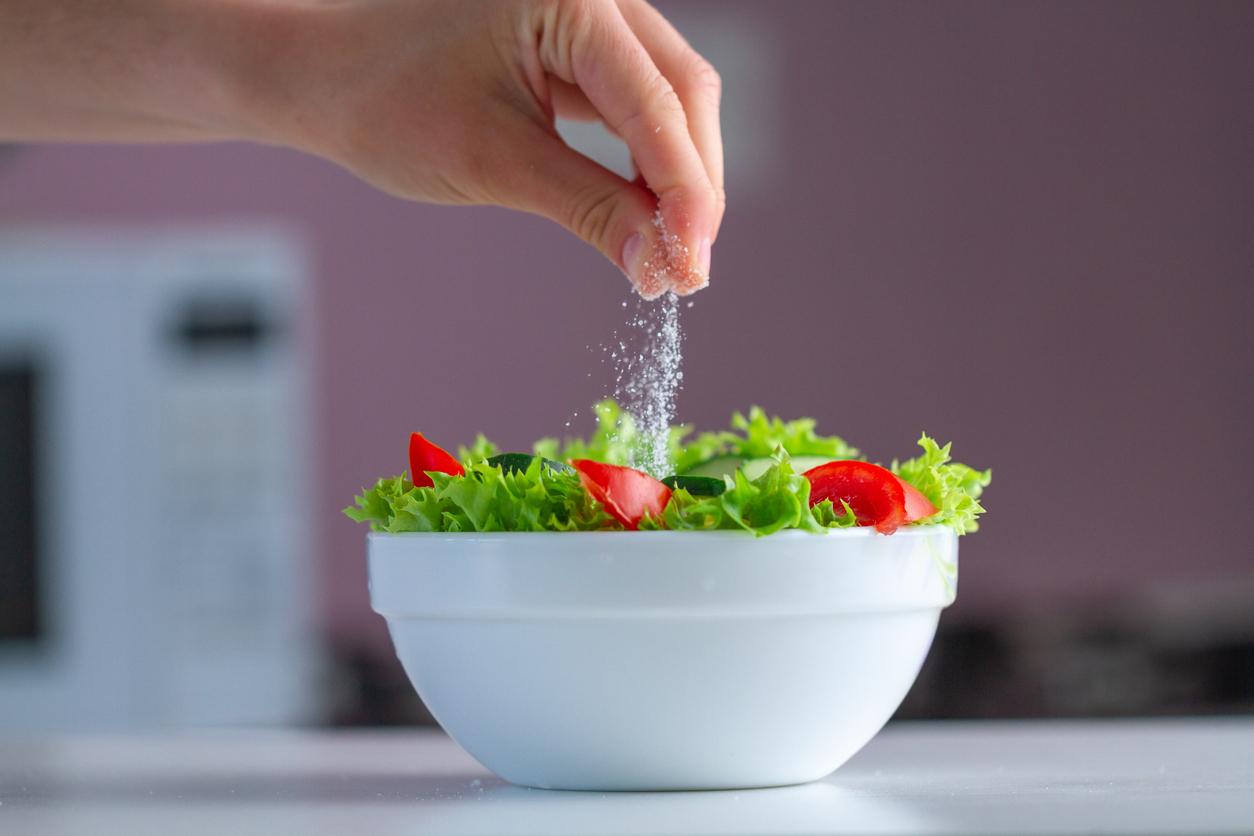July 8, 2009 – Manufacturers of prepared foods may reduce the salt content of some of their products by replacing some of the sodium chloride (NaCl) in their recipes with soy sauce. This is what a new Dutch study suggests.
In the food industry, the race is on to find a replacement for NaCl, table salt, which is responsible for raising our blood pressure. Manufacturers are trying by all means to cut this ingredient, without displeasing consumers or harming the preservation of their products (table salt is an excellent preservative). Trials with alternatives, such as potassium chloride (KCl) or calcium chloride (CaCl2), have given only mixed results.
With soy sauce, the Dutch team is putting a new option on the table. To conduct their trials, the researchers targeted three products: salad dressing, tomato soup and pork stir-fry. In each, they lowered the salt content to varying degrees, compensating by adding small amounts of soy sauce (Kikkoman’s Fancy grade liquid soy sauce for the dressing, and Kikkoman’s KU-20 powdered soy sauce for the dressing. soup and stir-fry).
There is 1 g of table salt in 7 g of the liquid soy sauce used by the researchers. This proportion is 1 g of table salt for 3.16 g of powdered soy sauce.
Thanks to tests with more than 150 “tasters”, researchers have shown that soy sauce reduces the total salt concentration – by 50% for the dressing, 17% for the soup and 29% for the stir-fry. – without harming the perception of the product by consumers.
Dominique Forget – PasseportSanté.net
1. Kremer S, Mojet J et al, Salt Reduction in Foods Using Naturally Brewed Soy Sauce, in the Journal of Food Science, June 2009 (online publication).
















